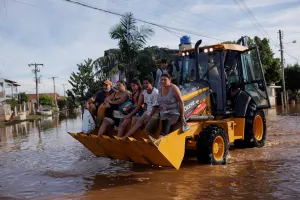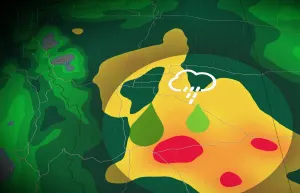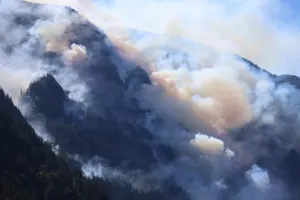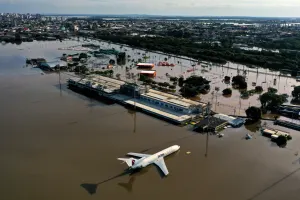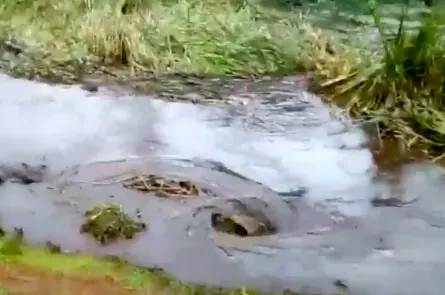
Huge chunks of land swallowed by sinkhole in Kenya
Footage shows large chunks of land disappearing into a swirling sinkhole in Kericho, Kenya.
A sinkhole formed in Kericho, Kenya on May 1 after heavy rain tracked through the region. The sinkhole initially drew in water from a large puddle before it began rapidly swallowing large chunks of land.
The region where the frightening scene occurred is part of the East African Rift Valley, which is a tectonically active zone that is slowly splitting apart the African Plate. This rift system is marked by substantial volcanic activity, including lava eruptions from fissures along the rifts and large volcanoes, such as Mount Kilimanjaro and Mount Kenya.
Shifts in the plates can expose cracks, holes and underground voids and these can become visible if the overlying soil is eroded, which is what happened in Kericho. Several rainfall events have impacted the region over the past few weeks and have caused extensive damages and over 100 fatalities.
The U.S. Geological Survey (USGS) says that sinkholes rarely happen, but they can occur in many places around the world. Weather Network meteorologist Scott Sutherland says that the processes behind their formation are straight-forward since they are just a combination of water, erosion and time.
“As water flows into the ground, it filters its way through the grains of dirt, rock and sand in the top soil and even through the grains of the underlying bedrock. If that bedrock is made of something like gypsum, limestone or dolomite, the water can wear it away, simply by dissolving away some of the sediments that make up the rock,” Sutherland explains.
“This can take a long time with normal water, but with constant or repeated exposure, this can carve large holes and even extensive cave systems through the bedrock. If the water happens to be acidic, however, such as absorbing carbon dioxide before it trickles down through the top-soil, this can dramatically speed up the process.”







